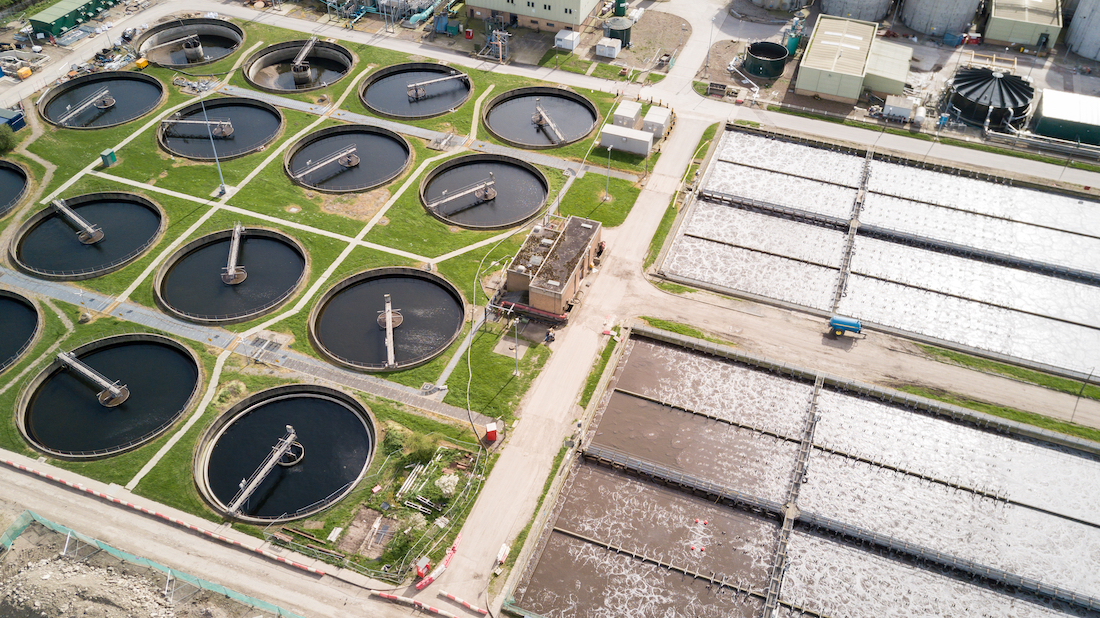Blog
COVID-19 in wastewater: doesn’t survive proper treatment and under certain circumstances might even help
Late in April, samples from 12 wastewater plants were collected in Kansas. Up to 10 of them were found to have genetic material with the contents of COVID-19.

The virus remnants were also found in the Paris sewer system. This, however, does not pose such a risk as it might seem. On the contrary. The remnants can help determine new sources of infection.
Feces and urine samples
Wastewater in Paris was sampled twice a week between 5 March and 7 April. High concentration of RNA (ribonucleic acid), which constitutes a COVID-19 genetic material, was noted in the very first days.
The sewer system is filled with feces and urine that might contain this genetic material. However, it does not mean that the virus will automatically spread further since its viability drops to a minimum once excreted.
The high temperature and humid conditions, which are essential for wastewater treatment, also have a detrimental effect on the virus.
Tom Stiles, the director of Kansas Department of Health & Environment, said that the project was still in its preliminary stages and the method was yet to be specified. Therefore, we cannot be sure if the virus transits through the wastewater.

The indications of COVID-19 in wastewater treatment plants don’t necessarily mean the virus will spread further
But we can assume that monitoring the contents of coronavirus in the wastewater plants and in the sewers has a bright side.
Sooner than in a hospital
“We have a very clear curve that precedes the curve in numbers of clinical cases, and now with confinement, we see a flattening of that curve,” says Laurent Moulin, microbiologist. This means that France connected the occurrence of RNA in the sewer system with the spread of coronavirus among the citizens.
These findings showed that the wastewater samples can help identify the new sources of infection.
Hiawatha, Kansas, can serve as an example. The remnants of COVID-19 were detected in the collected samples, though Hiawatha said it hadn’t had any confirmed case.
Since the virus spread without showing any symptoms, it is hard to be identified. The experts have therefore welcomed the wastewater examination, especially in regions with insufficient testing rate and the risk of second wave.
However, for the findings to be reliable and helpful, the scientists must determine the amount of RNA in the stool and feces. They also need to focus on more communities to have a representative sample.

Upgrade of water infrastructure
In many parts of America, the water system includes pipes from the 1800s. The American Civil Society of Engineers gave the country’s water infrastructure a D- rating.
The old water system needs massive investment since it poses a threat to public health.
Where the conventional treatment methods are used, such as filtration or disinfection with chlorine, UV radiation, and ozone, the people have nothing to worry about. However, the situation is worse in areas where the neglected system decreases the hygiene level.
If the decision makers put emphasis on the upgrade of the wastewater system, they could eliminate the risk of transmission of undesirable viruses.
In some parts of the world, treated water is recycled and made into drinkable water or serves for irrigation purposes.
Final recommendations
We have summed up a few recommendations on both wastewater treatment and basic hygiene practices.
The public must regularly wash hands and clean surfaces. Also, only toilet paper can be flushed down the toilet. No wet wipes nor tampons.

The hospitals and other facilities with patients tested positive for COVID-19 must pay extra attention to cleaning and sanitation of toilets.
Finally, we encourage the wastewater plant operators and water management companies to regularly test sewage water. This helps identify the occurrence of the coronavirus in the community.
As mentioned above, this is an effective method and is worth employing especially in areas with low testing rate and the risk of a second wave.
More articles
The Netherlands stopped spreading sludge on its own land. It is now imported to another country
British Environmental Agency allowed the Netherlands to export 27,500 tons of sewage sludge to the country.
